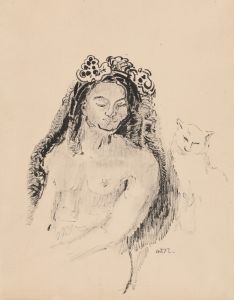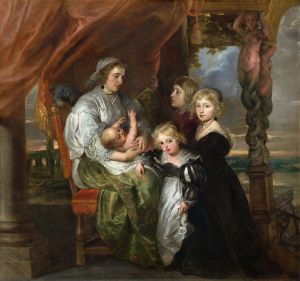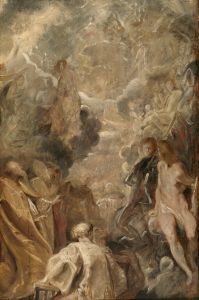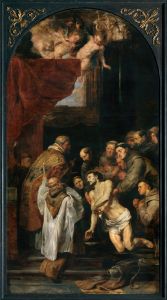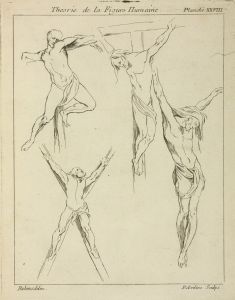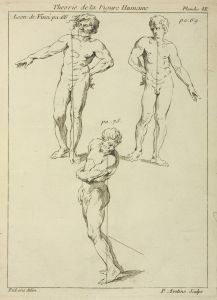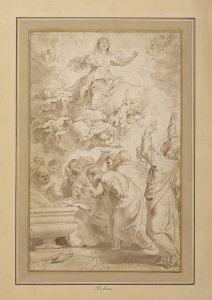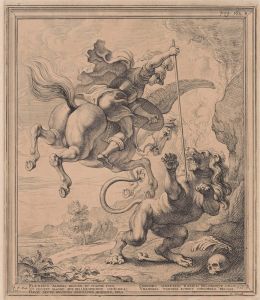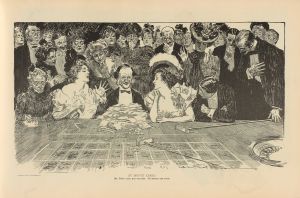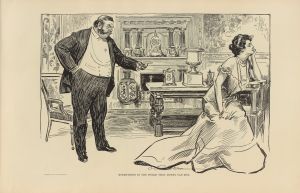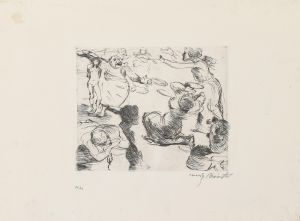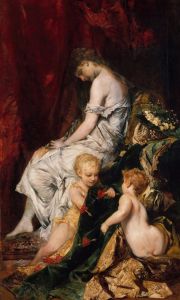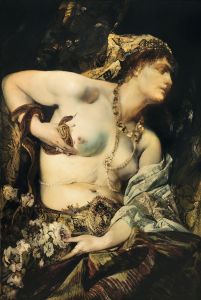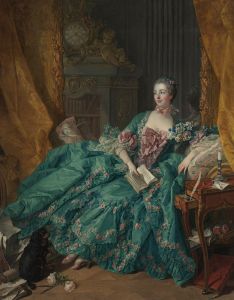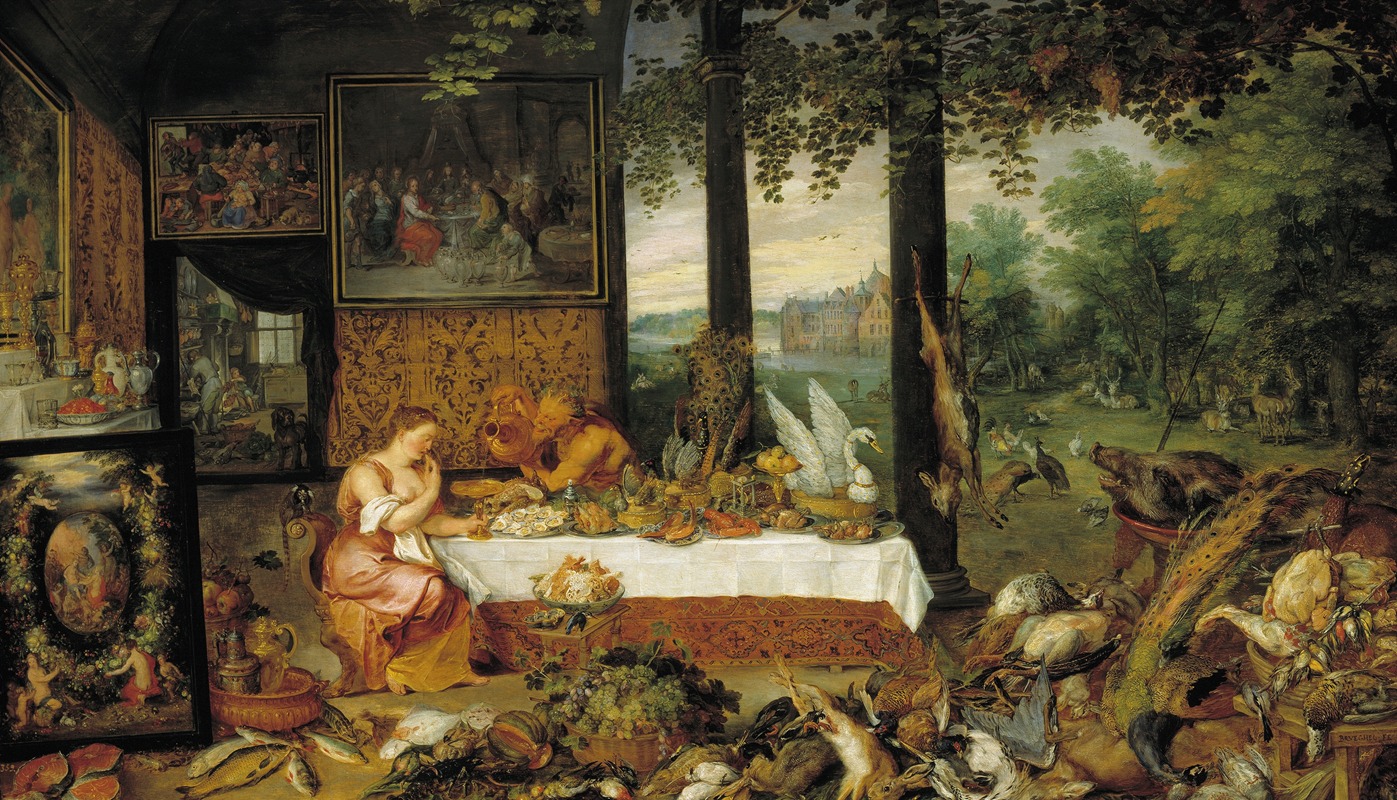
Taste
A hand-painted replica of Peter Paul Rubens’s masterpiece Taste, meticulously crafted by professional artists to capture the true essence of the original. Each piece is created with museum-quality canvas and rare mineral pigments, carefully painted by experienced artists with delicate brushstrokes and rich, layered colors to perfectly recreate the texture of the original artwork. Unlike machine-printed reproductions, this hand-painted version brings the painting to life, infused with the artist’s emotions and skill in every stroke. Whether for personal collection or home decoration, it instantly elevates the artistic atmosphere of any space.
Peter Paul Rubens, a prominent Flemish Baroque painter, is renowned for his dynamic compositions, vibrant color palette, and sensuous depiction of figures. However, there is no widely recognized painting titled "Taste" by Peter Paul Rubens. Rubens' oeuvre is vast and includes numerous religious, mythological, and historical subjects, as well as portraits and landscapes, but "Taste" does not appear to be among his cataloged works.
Rubens was born in 1577 in Siegen, in present-day Germany, and later moved to Antwerp, where he became a leading figure in the Flemish Baroque tradition. His education included classical studies and an apprenticeship with the painter Otto van Veen. Rubens' style is characterized by its energetic compositions, robust figures, and dramatic use of light and shadow, which were influenced by his studies of the Italian Renaissance and Baroque masters such as Titian, Michelangelo, and Caravaggio during his time in Italy.
Throughout his career, Rubens received numerous commissions from royal courts and churches across Europe. Some of his most famous works include "The Descent from the Cross," "The Elevation of the Cross," and "The Massacre of the Innocents." He was also known for his series of paintings depicting the life of Marie de' Medici, which are housed in the Louvre Museum in Paris.
Rubens' work often explored themes of human emotion and the divine, and he was adept at capturing the dynamism and movement of his subjects. His paintings are celebrated for their rich textures and vibrant colors, achieved through his masterful use of oil paints.
In addition to his artistic achievements, Rubens was also a diplomat and scholar. He was knighted by both Philip IV of Spain and Charles I of England, reflecting his status and influence beyond the art world. His diplomatic missions often took him across Europe, where he continued to receive commissions and expand his artistic network.
Rubens' legacy is profound, influencing countless artists in the Baroque period and beyond. His workshop in Antwerp was one of the most productive of its time, and many artists trained under him, including Anthony van Dyck, who would go on to become a prominent painter in his own right.
While there is no specific painting titled "Taste" attributed to Rubens, his body of work remains a testament to his skill and creativity, and his influence on the development of Western art is undeniable. If "Taste" were to refer to a specific theme or allegory, it might align with Rubens' interest in the senses and human experience, but without concrete evidence or documentation, such a work cannot be definitively discussed.





